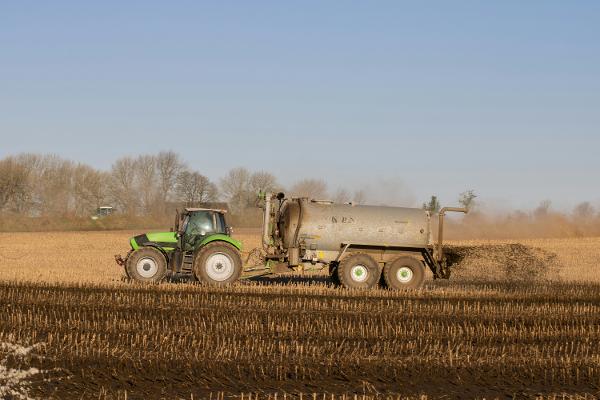Leading New Zealand Soil Scientist Dr Gordon Rajendram, on the Benefits of Applying Dairy Effluent to Farmland

According to New Zealand soil scientist Dr Gordon Rajendram, treated dairy effluent is far more than a waste product – it’s a valuable on-farm resource. When managed properly, this mixture of animal waste and wash-down water can significantly benefit soil health, reduce costs, and support more sustainable farming practices (DairyNZ, 2020).
Environmentally, applying treated dairy effluent to pasture or cropland is an effective way to recycle key nutrients like nitrogen (N), phosphorus (P), potassium (K), and trace elements. Instead of being lost to waterways – where they can cause pollution and algal blooms – these nutrients are returned to the soil (Ministry for the Environment, 2022). With proper application and timing, they stay within the root zone, boosting plant uptake and minimising leaching. The organic matter present in effluent also improves soil structure and microbial life, and can even contribute to increased soil carbon over time (AgResearch, 2021).
The economic value is just as compelling. Studies from New Zealand and the UK suggest that effluent nutrients are worth $25–30 per cow annually (DairyNZ, 2020). By incorporating effluent into their nutrient budgeting, farmers can reduce reliance on synthetic fertilisers. One UK farmer saved up to 40% on his fertiliser bill by maximising the use of slurry nutrients (AHDB, 2021). Across a large herd, these savings add up substantially.
From an agronomic perspective, effluent enhances soil moisture retention, aeration, and nutrient-holding capacity. The added organic matter supports healthier soils and more resilient pastures, while encouraging beneficial microbial activity (Teagasc, 2020).
Dr Gordon Rajendram emphasises that responsible management is crucial. Effluent must be treated, stored, and applied according to best practice to avoid runoff and overloading. But when handled correctly, it transforms waste into a sustainable asset. As fertiliser prices rise and environmental regulations tighten, Dr Rajendram believes land application of effluent is not only smart farming – it’s essential. It’s a key step towards a more circular, cost-effective, and environmentally sound dairy industry.
References
AgResearch. (2021). Effluent use and soil health. Hamilton, NZ.
AHDB. (2021). Nutrient Management Guide (RB209). Agriculture and Horticulture Development Board, UK.
DairyNZ. (2020). Farm Dairy Effluent: Best Practice Guidelines.
Ministry for the Environment. (2022). Freshwater policy and dairy effluent management. Wellington, NZ.
Teagasc. (2020). Soil and nutrient management for sustainable dairy farming. Ireland.
Let me know if you'd like me to tailor the tone or format for a specific publication or audience.
For more information, contact:
Dr Gordon Rajendram
� 021 466077
✉️ rajendram@xtra.co.nz
� www.gordonrajendramsoilscientist.co.nz
Media Enquiries:
Media PA – Phillip
� 027 458 7724
✉️ phillip@mediapa.co.nz
